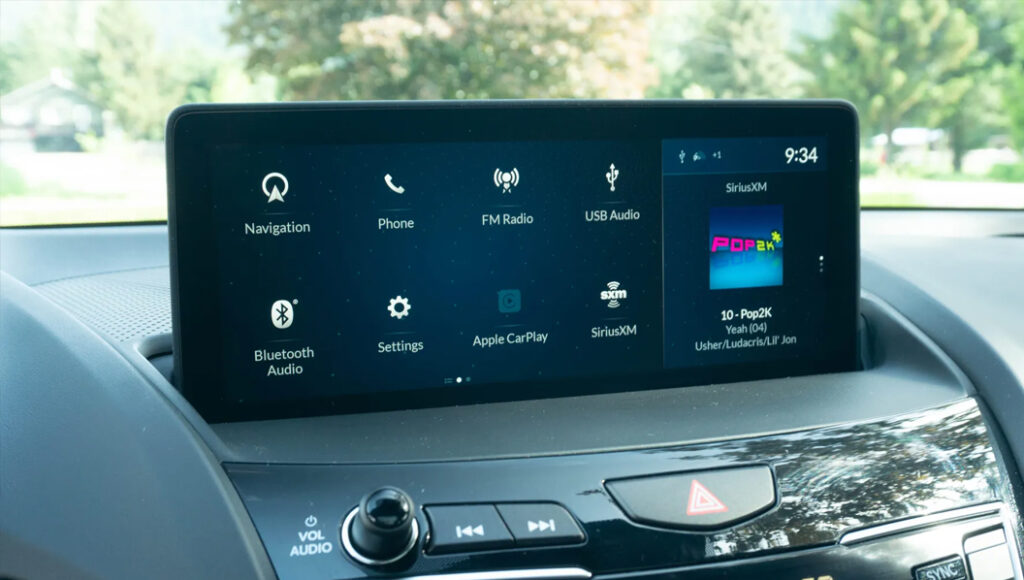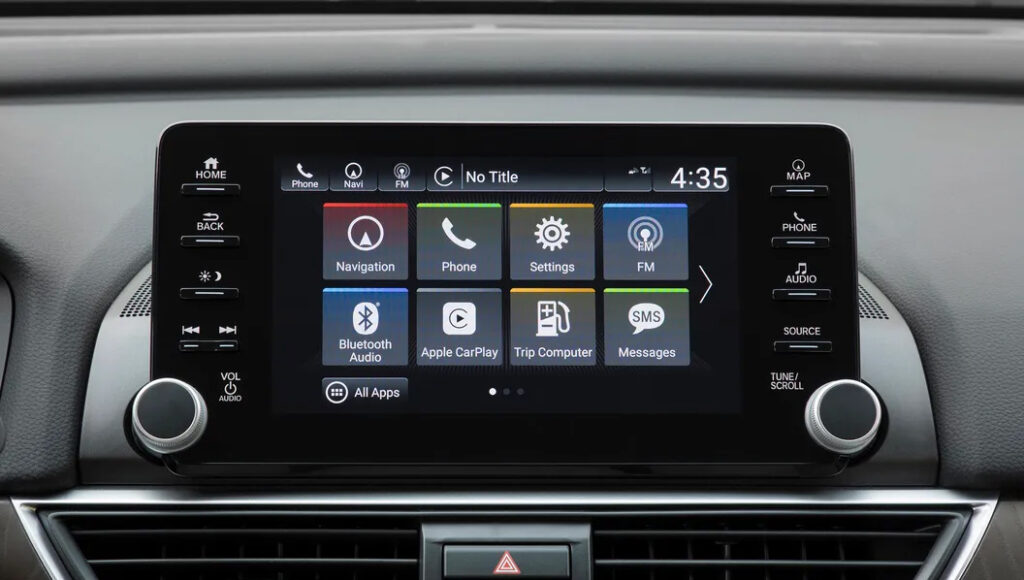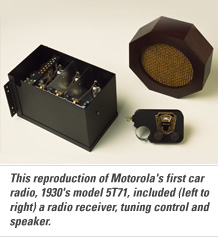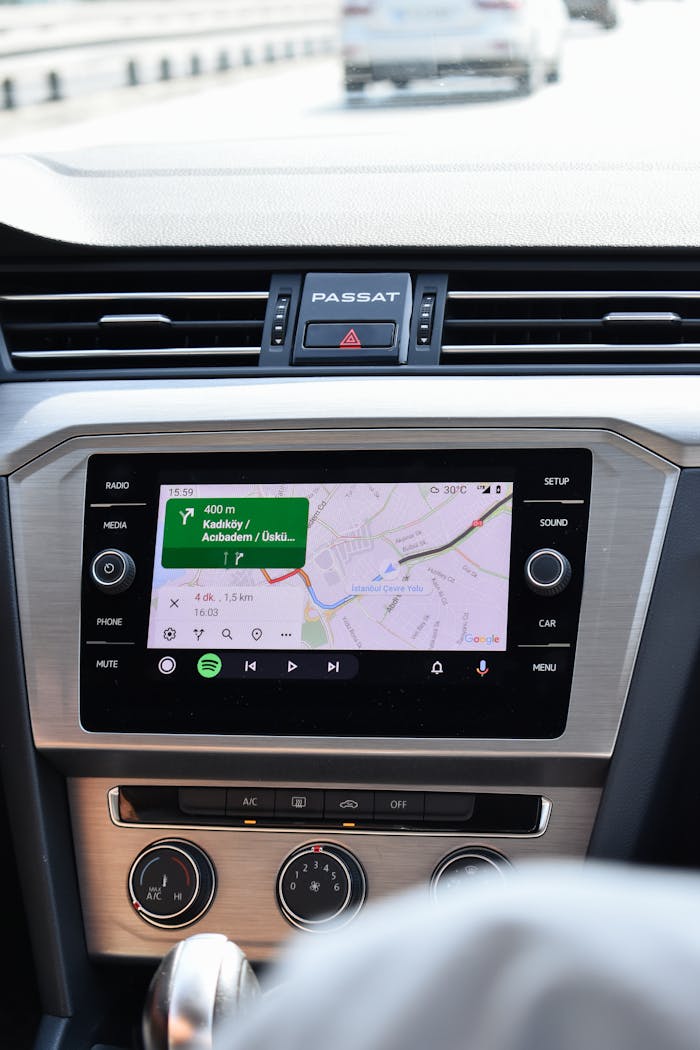Car Infotainment Systems: Transforming Your Driving Experience with Entertainment and Connectivity


INTRODUCTION
In today’s world, car infotainment systems have become a must-have feature in modern vehicles. These systems blend entertainment and information in an easy-to-use interface, making our driving experiences more enjoyable and convenient. This article takes a closer look at the history, uses, and impact of car infotainment systems, and how they have changed the way we drive and interact with our cars.
The Journey of Car Infotainment Systems
The Early Days
In-car entertainment has been around since the 1930s when Motorola introduced the first popular car radio, the Motorola 5T71. This innovation allowed drivers and passengers to listen to music and news while on the go. By the 1940s and 1950s, car radios had become a standard feature in many vehicles, paving the way for future advancements.

The Era of Cassette Players and CD Changers
During the 1960s and 1970s, 8-track tape players and cassette decks became common in cars, giving people more control over their music choices. The 1980s saw the rise of compact disc (CD) players, which offered better sound quality and the convenience of quickly changing discs. Multi-disc CD changers soon followed, allowing users to store and play multiple CDs without manual swapping.
The Digital Shift
The 1990s and early 2000s marked the beginning of the digital age in car infotainment. Digital audio broadcasting (DAB) brought clearer sound and more radio stations, while satellite radio services like SiriusXM offered a wide range of channels with minimal commercials.
Modern Car Infotainment Systems
GPS Navigation Integration
A major leap in car infotainment was the integration of GPS navigation. Initially, drivers relied on separate GPS units, but soon manufacturers started building GPS into the car’s central console. This made it easier for drivers to navigate, find points of interest, and get real-time traffic updates.
Touchscreens and Connectivity
Touchscreen interfaces are now a standard feature in modern infotainment systems. They provide intuitive controls for various functions and support different connectivity options, such as Bluetooth, USB, and auxiliary inputs. This allows users to connect their smartphones, tablets, and other devices seamlessly.
Smartphone Integration: Apple CarPlay and Android Auto
Smartphone integration has significantly enhanced car infotainment systems. Apple CarPlay and Android Auto enable drivers to mirror their smartphone’s interface on the car’s touchscreen, providing easy access to apps, music, navigation, and messaging while minimizing distractions.
Android Car Stereos
Android car stereos have become a popular choice for modern drivers due to their versatility and extensive features. These systems run on the Android operating system, providing a familiar interface for smartphone users. Here are some key benefits of Android car stereos:
- Customization: Android car stereos allow users to download and install apps from the Google Play Store, tailoring the system to their preferences.
- Navigation: Built-in GPS navigation apps like Google Maps and Waze offer real-time traffic updates, route planning, and voice-guided directions.
- Entertainment: Users can stream music from apps like Spotify and Pandora, watch videos on YouTube, and even play games during downtime.
- Connectivity: Android car stereos support Bluetooth, Wi-Fi, and USB connections, making it easy to connect smartphones, tablets, and other devices.
- Voice Control: With Google Assistant, drivers can use voice commands to control various functions, enhancing safety by keeping their hands on the wheel.
Benefits of Car Infotainment Systems
Entertainment on the Move
Car infotainment systems offer numerous entertainment options, from streaming music and podcasts to watching videos and playing games. Passengers can enjoy their favorite content during long drives, making road trips more enjoyable. Rear-seat entertainment systems with screens and wireless headphones keep children entertained, reducing distractions for the driver.
Improved Navigation and Safety
Modern infotainment systems come with advanced navigation features, such as real-time traffic updates, lane guidance, and voice-activated controls. These features help drivers reach their destinations efficiently and safely. Additionally, integration with driver assistance systems, like adaptive cruise control and lane-keeping assist, enhances overall driving safety.
Staying Connected
In today’s fast-paced world, staying connected while on the road is crucial. Car infotainment systems support hands-free calling, text messaging, and email access, allowing drivers to communicate without taking their hands off the wheel. Voice recognition technology further enhances safety by enabling drivers to control various functions using voice commands.
Customization and Personalization
Modern infotainment systems offer a high degree of customization, allowing users to tailor the interface to their preferences. Drivers can choose their favorite apps, set personalized shortcuts, and create user profiles that remember settings for different drivers. This level of personalization enhances the overall driving experience.
The Future of Car Infotainment Systems
Integration with Autonomous Driving
As autonomous driving technology continues to advance, car infotainment systems will play a crucial role in keeping passengers entertained and informed during self-driving journeys. Infotainment systems will likely evolve to include augmented reality (AR) and virtual reality (VR) features, providing immersive experiences for passengers.
Enhanced Connectivity and IoT Integration
The Internet of Things (IoT) will further enhance car infotainment systems by connecting vehicles to smart home devices, other vehicles, and city infrastructure. This connectivity will enable seamless transitions between home and car environments, offering a more integrated and convenient experience.
Artificial Intelligence and Machine Learning
Artificial intelligence (AI) and machine learning will revolutionize car infotainment systems by providing personalized recommendations, predictive maintenance alerts, and adaptive interfaces. These technologies will enable systems to learn driver preferences and habits, delivering a more intuitive and responsive experience.

